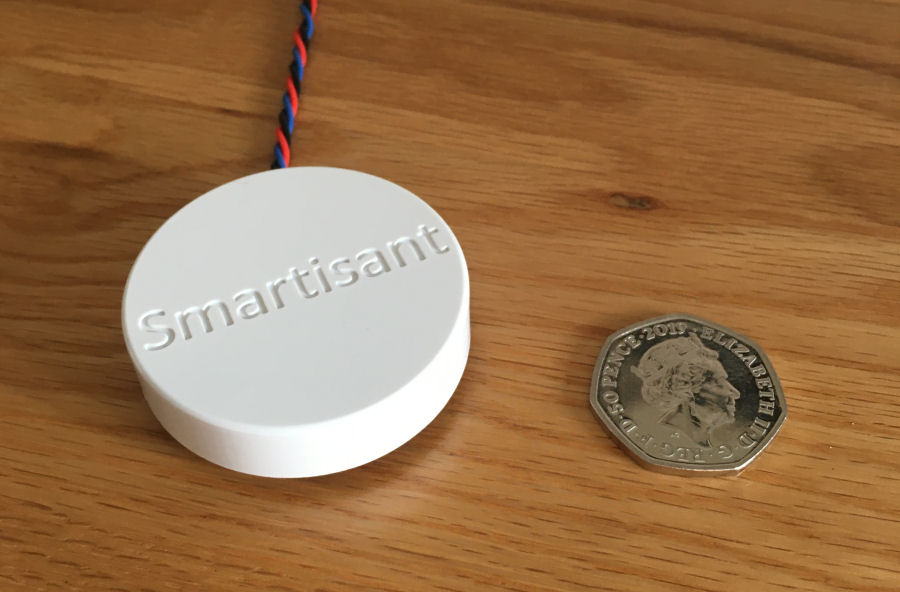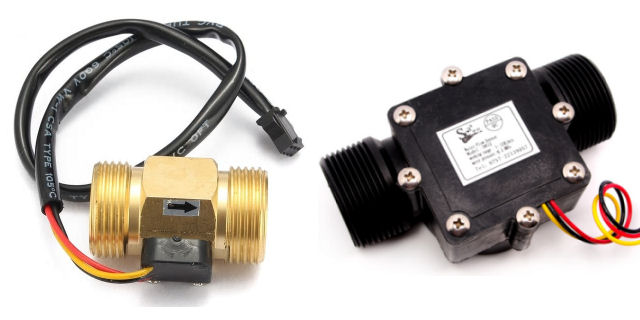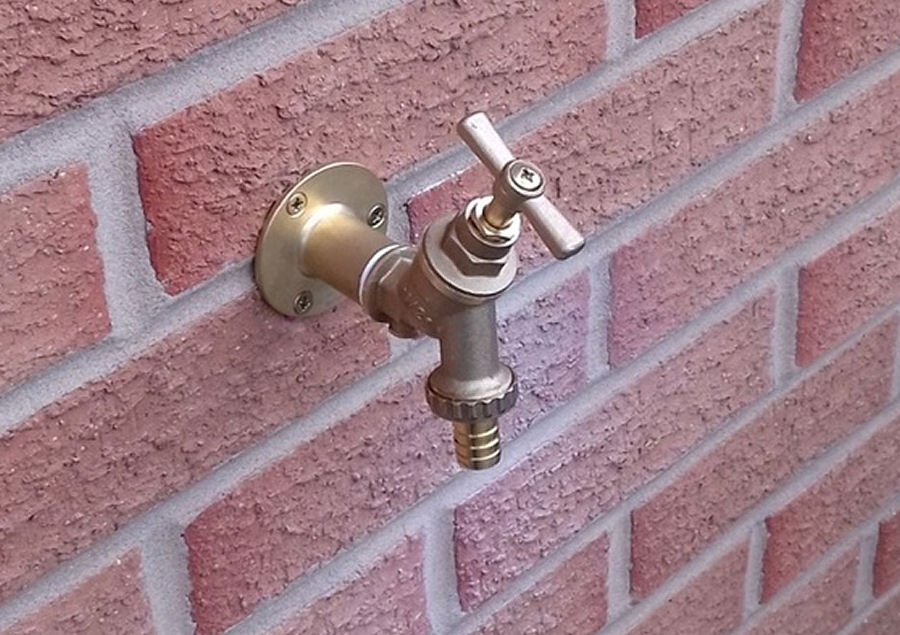Smart Home Utility Room Design

Based on my experience of living in a smart home, these are the features I would design into the utility room of my next smart home:
Features
In a utility room, it makes a lot of sense to provide a large sink for cleaning and a large draining board will prove useful too.
Appliances
Ideally, I would have additional space in the utility to room to add additional appliances later if required. For each appliance space, I would install power, plumbing (hot and cold water feeds with isolation valves) and a wired network port. It is very likely that all appliances will become connected in the near future.
Some people prefer eye-level appliances and this would need to be designed in from the outset.
I would avoid integrated appliances in the future as they a compromised by having to fit into fixed size space, tend to be much more expensive and also have limited user interfaces, due to the hidden nature of any displays.
I prefer top-loading washing machines as they tend to be quieter, more reliable and less prone to leaking.
I would avoid using a tumble dryer as they are very power hungry.
A dehumidifier is a good way to help dry washing if the utility room is large enough to have drying space or lines. This may be part of the wider Heating, Ventilation & Cooling (HVAC) system though.
A second dishwasher has sometimes been handy when entertaining. It is not something that would fit easily into a kitchen but it makes sense in a utility room if you have the space.
I would like a drinks/beer fridge in my utility room, to keep drinks cool for parties and barbeques.
I would also have a chest freezer in my utility room, for extra storage of frozen food and larger quantities of ice.
Power & Energy Monitoring
The utility room is likely to have quite a few appliances. It makes sense that this 'zone' can be isolated electrically and the consumer unit. I would also used switched sockets for each appliance, so that they can be individually switched off. The sockets don't need to be on show. If you have the space, a separate enclosure to house the switches makes things much tidier.
A protected 12V dc power feed would make sense for all of the smart sensors in this zone.
For all appliances, I would be monitoring their use (time on and off) and also their energy usage. This capability would be wired into the mains power sockets, to make it invisible.
Networking
As well as Ethernet sockets behind each appliance and future appliance spaces, I would also ensure there is good Wi-Fi coverage in the utility room. I plan to run conduit/ducting to all appliances too for Ethernet cables.
If you are using Z-Wave or ZigBee technologies, you may also want to ensure the utility room reliably forms part of this mesh network.
I peronally would install Ethernet connections to the Arduino processor that is acting as a hub for all of the sensors and would consider Power over Ethernet (PoE) for this too.
Lighting
Regardless of whether it is daytime or not and regardless of whether there is a window letting light in, I would always turn on the utility room lighting automatically (i.e. whenever the room is occupied). This ensures good working light levels.
I would always install a momentary light switch just inside the door, to enable manual operation of the lighting. In practice this should never be needed but, it still makes sense to install one.
A utility room is an ideal place to install a fully automated blind linked to my contextual smart home, to deliver a zero touch user experience driven by the twilight sensor.
HVAC
In a new build, it makes sense to have a utility as a separate zone in your Heating, Ventilation & Cooling (HVAC) system. The temperature in the utility room will rarely need to be as warm as the more frequently occupied rooms in your home.
Ideally, some kind of air conditioning or ventilation would be used to reduce the humidity in this room, especially if it also used for drying clothes.
A temperature sensor and humidity sensor would be required for Heating, Ventilation & Cooling (HVAC) control. Note that the various appliances will provide significant heat input into this zone when in use.
Safety & Security
The temperature sensor would be used to detect rapid rising temperatures and trigger the alarm. I would install a connected smoke sensor.
A door contact sensor is an essential part of the occupancy model in our contextual smart home and a key element in delivering convenience lighting with a zero touch user experience. All door contact sensors also form part of the alarm system.

Under all appliances that are plumbed in, I would install my wired Smartisant Flood & Leak Sensor FLD1, to detect any leaks.
A PIR sensor is also part of the occupancy detection and also forms part of the alarm system.
I would also install window contact sensors on all opening windows and also a glass break sensor.
Water

On all hot and cold water feeds, I would install flow sensors, to enable water usage by each appliance to be measured.

The utility room is often at the back of the house and it often makes sense to install an outside tap (or several) with an internal smart water shut-off valve (hidden inside a cupboard) within this room. This can prevent issues with freezing pipes in winter.
It also makes sense to install a flow sensor to monitor water usage via this tap.
Some of the appliances will require pipework to the drainage system. This may be considered part of a grey water system.
It makes a lot of sense to use rainwater harvesting to provide water for appliances like the washing machine.
Smart Home Features
As with all rooms and zones in our contextual smart home, I will be designing in and installing a wide range of wired sensors. Many of these need to be optimally placed and wired sensors are more discreet, provide much better performance and remove the need for batteries.


